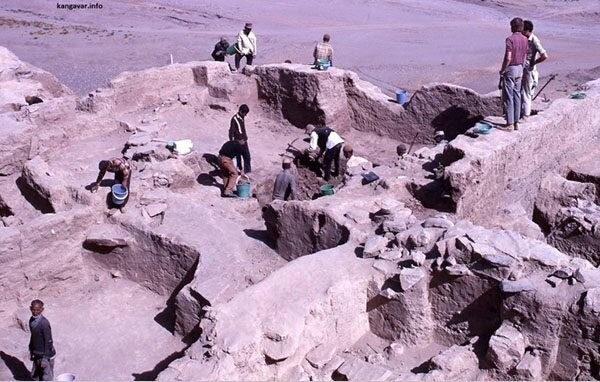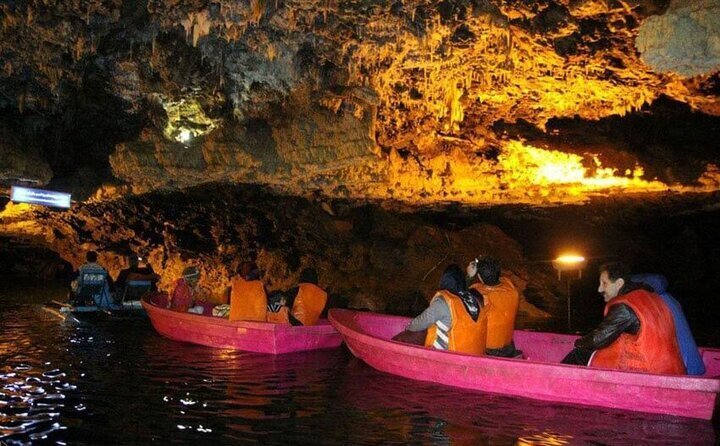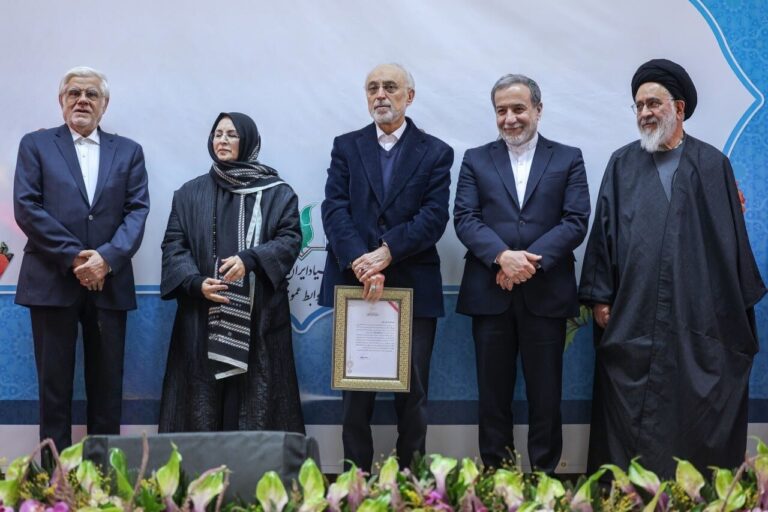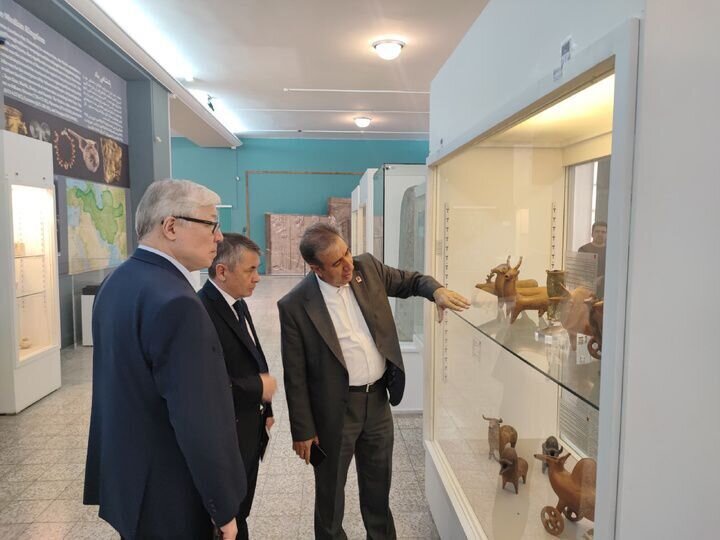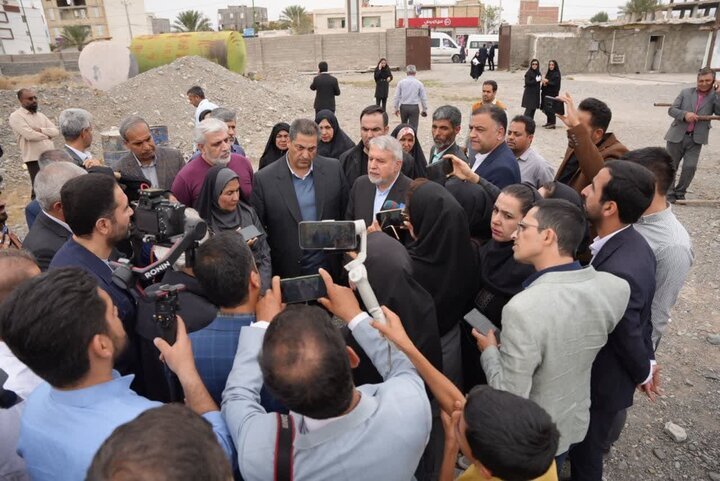Unlocking the Past: Archaeologist Highlights Godin Tepe’s 7,000-Year-Old Heritage as a Tourism Goldmine
In the heart of Iran, the ancient settlement of Godin Tepe, dating back to 5,000 BC, holds immense potential as a cultural and tourism destination. Iranian archaeologist Morteza Geravand has recently emphasized the significance of this historic site, which has been largely overlooked for nearly six decades despite its rich archaeological heritage.
Located in the picturesque Kangavar Valley between Hamadan and Kermanshah, Godin Tepe serves as a crucial reminder of Iran’s ancient history. Geravand, who leads the Anahita Temple National Base, elaborated on the site’s historical importance, stating, “This site was situated along a key commercial route, serving as a trading post for exchanges between Mesopotamia and even southern Iran.”
Historical Background of Godin Tepe
The excavation history of Godin Tepe reveals a wealth of information about human occupation from prehistoric times to the Islamic period. Here are some highlights of the site’s historical significance:
- Median Period Fortress: During the Median period, a fortress was established at Godin Tepe, likely functioning as an administrative or military center.
- Trade Hub: Godin Tepe was an essential trading hub, facilitating exchanges along a vital commercial route.
- Excavation History: A Canadian archaeological team conducted excavations nearly 60 years ago, but no subsequent excavations have occurred since then, leading to the deterioration of many structures.
Despite its historical relevance, Geravand expressed concern about the current state of Godin Tepe. He pointed out that other ancient sites from the same era, such as Tepe Sialk in Kashan, Nushijan in Malayer, and Hasanlu in West Azarbaijan province, have been developed into thriving research and tourism centers, while Godin Tepe has received little attention.
Challenges Facing Godin Tepe
Efforts to preserve and promote Godin Tepe have faced significant obstacles, primarily due to funding constraints. Recent initiatives have aimed to define the site’s boundaries, but conservation work remains hindered. Geravand estimated that an initial budget of approximately one billion tomans (around $11,000) is necessary for site preservation and interpretation. He highlighted the need for further investments to fully develop Godin Tepe as a research and tourism hub.
“With adequate support, Godin Tepe could become a major cultural attraction, bringing economic benefits to the underdeveloped eastern region of Kermanshah province,” Geravand noted. He further emphasized the importance of recognizing the region’s cultural heritage, stating, “While Kermanshah is known for treasured sites like the UNESCO-registered Bisotun and Taq-e Bostan, many important historical landmarks in the eastern part of the province remain underappreciated.”
The Future of Godin Tepe
Godin Tepe, also referred to as Tappeh Imamzadeh, is situated near the town of Godin in Kangavar county and was officially registered on Iran’s National Heritage List in 1965. Advocates like Geravand are hopeful that with increased investment and recognition, Godin Tepe could one day attain UNESCO World Heritage status, positioning it among Iran’s most esteemed archaeological sites.
“Godin Tepe is worthy of gaining a UNESCO status,” Geravand stated in October 2023, reinforcing the site’s significance in the global context of cultural heritage.
Significant Occupation Periods
The major occupation periods at Godin Tepe are classified as follows:
- Periods XI-VI: c. 5200-3800 BC
- Period VI (phases 3-1): c. 3800-3000 BC
- Period IV (phases 2-1): c. 2800-2600 BC
- Period III (phases 6-1): 2600-1400 BC
- Period II (phases 2-1): c. 800-500 BC
According to the World History Encyclopedia, Godin Tepe was originally a Sumerian settlement first inhabited around 5000 BC, featuring a village and a fortress. It became a crucial stop along the Great Khorasan Road, also known as the Silk Road, which facilitated trade for nearly 3,000 years. The term “Silk Road” was first introduced in 1877 by German geographer Baron Ferdinand von Richthofen to describe the trade of Chinese silk.
In conclusion, Godin Tepe stands as a testament to Iran’s rich archaeological heritage and cultural significance. With proper investment and recognition, it has the potential to transform into a thriving cultural and tourism destination, benefiting not only the local economy but also preserving an invaluable part of human history.
